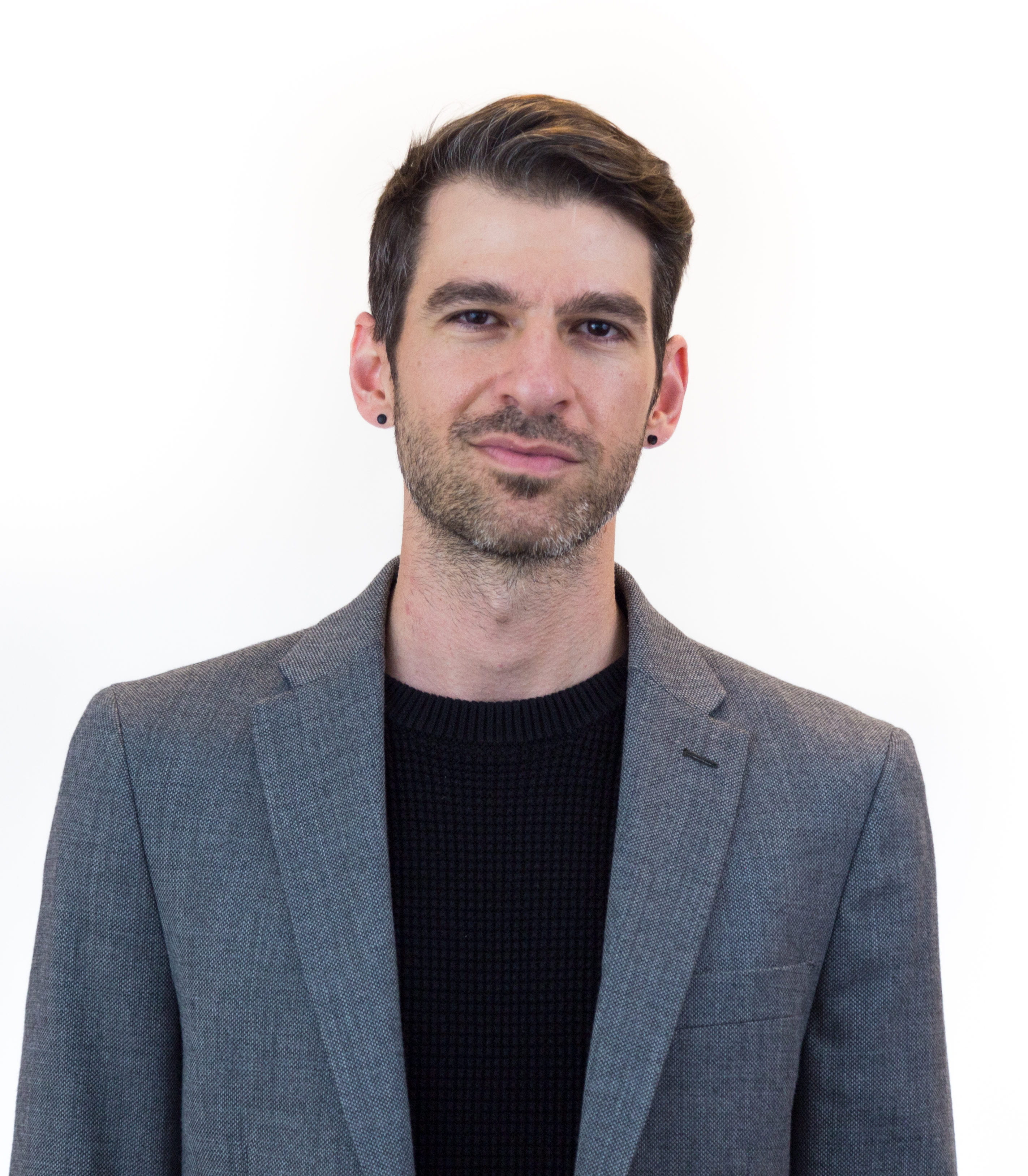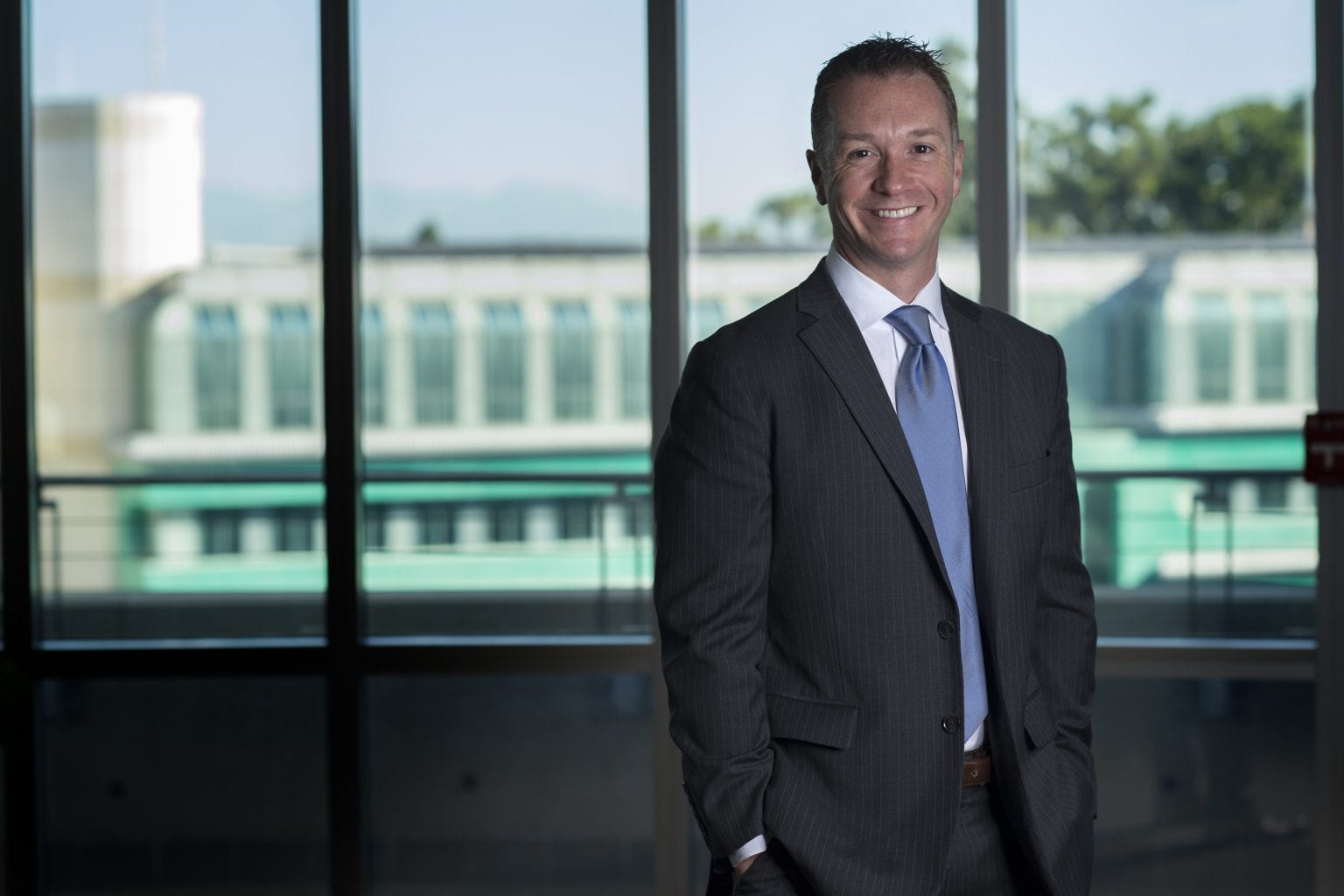Anxiety after 2018 false missile alert in Hawaii lingered for days, UCI researchers find
Big data study is first to capture real-time psychological responses to false alarm

Irvine, Calif., July 25, 2019 —Researchers at the University of California, Irvine have found that for many people, the fear and anxiety experienced during the 2018 false ballistic missile alert in Hawaii lingered for days after assurances that the threat was not real. The study, published online in the journal American Psychologist, is the first to capture real-time psychological responses to a false alarm. It employed a big data approach involving the analysis of more than 1 million tweets posted by thousands of individuals likely to be residents of Hawaii.
“When people believe warnings of imminent danger, they often experience anxiety, especially as they await the threat’s arrival,” said lead author Nickolas M. Jones, who earned a doctorate in psychology & social behavior at UCI last year and is now a postdoctoral researcher at Princeton University. “But what are the consequences when an alert turns out to be in error? How do people respond? Our findings show that, for many, false alarms are anxiety-provoking and that the fear they cause can be persistent. Some research suggests that this may trigger health consequences over time, including post-traumatic stress disorder.”
Many social scientists have used Twitter data to explore psychological responses to collective trauma. Tweets containing the thoughts and feelings of users during life-threatening events – such as school shootings, terrorist attacks and natural disasters – provide insight into how individuals react.
In this study, 1.2 million tweets from 14,830 people in Hawaii were analyzed from six weeks before until 18 days after the Jan. 13, 2018, ballistic missile alert mistakenly issued by the Hawaii Emergency Management Agency. Users were posting to Twitter accounts operated by local governments and radio stations.
Results showed a marked increase in anxiety that lingered well after the missile threat had been dispelled, with some people experiencing elevated levels for at least two days following the event. During the 38-minute period in which people awaited the missile strike, anxiety expressed on Twitter increased 3.4 percent every 15 minutes until the all-clear message was transmitted.
“What surprised us was that the anxiety persisted even after the state’s emergency management agency and a local congressional representative issued corrective tweets – which were retweeted by 35,000 users – that the initial alert was a false alarm,” said study senior author Roxane Cohen Silver, UCI professor of psychological science, medicine and public health. “This suggests that cancellation of a threat doesn’t immediately calm reactions to the situation. Amazingly, some people did not know whether the corrective tweets were believable.”
The study also highlights the need for emergency management organizations to maintain credibility with the public after a false warning. “When danger is imminent, community members rely on local agencies to inform them of the severity of the threat and appropriate measures for securing personal safety and protecting property,” Jones said. “A lack of regular updates can elicit distress and other negative psychological outcomes.”
“Effective communication is the key,” Silver added. “During a crisis, emergency management personnel should transmit relevant threat information and suggestions for protective action via official social media channels – and also provide timely updates for traditional media broadcasts. The public should stay connected to critical information sources.”
About the University of California, Irvine:Founded in 1965, UCI is the youngest member of the prestigious Association of American Universities. The campus has produced three Nobel laureates and is known for its academic achievement, premier research, innovation and anteater mascot. Led by Chancellor Howard Gillman, UCI has more than 36,000 students and offers 222 degree programs. It’s located in one of the world’s safest and most economically vibrant communities and is Orange County’s second-largest employer, contributing $5 billion annually to the local economy. For more on UCI, visit www.uci.edu.
Media access:Radio programs/stations may, for a fee, use an on-campus ISDN line to interview UCI faculty and experts, subject to availability and university approval. For more UCI news, visit wp.communications.uci.edu. Additional resources for journalists may be found at communications.uci.edu/for-journalists.



